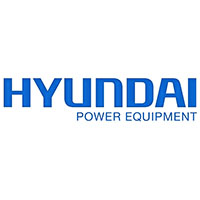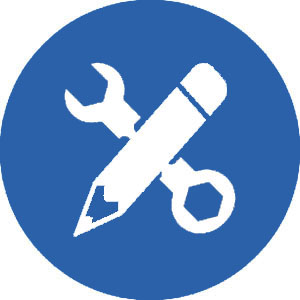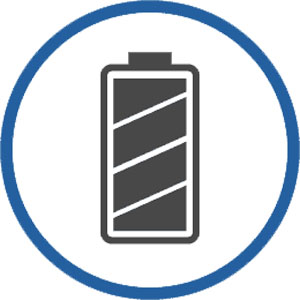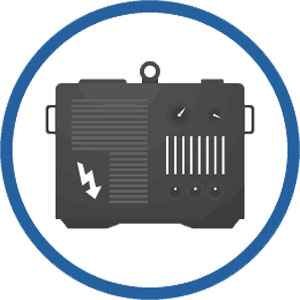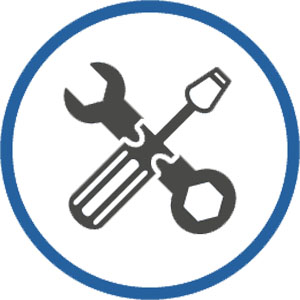Monthly Archives: April 2018
-
Posted: April 17, 2018Categories: News and BlogsRead more »
The manufacturing sector is getting more and more competitive, requiring factories to be working 24/7. This means any downtime can be devastating for hitting targets and meeting demand. Lots of factories fail to have backup power in place, but many more lack sufficient backups for if a power failure happens. This can be down to a wide variety of reasons, from budgetary constraints to lack of understanding of what will be required when the power goes out. For many businesses, the simple fact that it has never happened means the risk doesn't exist. However, power cuts are becoming more and more common. An increasing demand, combined with ageing infrastructure has lead to a power deficit. It is more important than ever to have a backup power solution in place for your manufacturing plant than ever before. It is no good having your data centre running if your production line grinds to a halt. No matter what type of facility you are managing a thorough plan should be in place to deal with power outages of all types - from a matter of seconds to hours or days. If you have yet to plan for a power failure, here are a few tips you may want to consider:
- To begin with, you need a UPS (Uninterruptible Power Supply) or group of UPSs (Uninterruptible Power Supplies) capable of supporting the whole load long enough for it to be safely turned off, rather than the production line abruptly stopping as soon as the power goes out. This will not only protect the equipment from damage but will also ensure the integrity of any product that does have to be completed in a single run of production.
- Once short-term disruptions have been mitigated, you should look to solving longer power cuts. A generator specified to your power requirements should be sourced. This will allow you to run your facility regardless of the of the length of the power cut, avoiding downtime altogether.
- The often forgotten, but no less important step of backup power is maintenance and system monitoring. There is no point in having all these systems in place if they fail when you need them. A maintenance
-
Posted: April 16, 2018Categories: VideosRead more »
UPS Systems have been supplying backup power solutions for over 25 years and can propose a solution regardless of the size of your requirement. If you have any questions or queries, please contact us. We can supply small UPS (Uninterruptible Power Supplies) to support a home office, to a larger UPS to keep the central server running or a diesel generator to manufacturing equipment.
UPS Systems plc supply a wide range of uninterruptible power supplies including those from Riello UPS and Eaton
-
Posted: April 13, 2018Read more »
You can download a PDF version here.
Previously: -
In Week 4 the fire suppression installation had begun, a trench was dug for the generator cabling and the area for the generator plinth was cleared.
You can read about Week 4 here.
Week 5: -
During Week 5 the focus h -
Posted: April 11, 2018Categories: VideosRead more »
When it comes to emergency power for things like lighting and lift, the power requirements are very specific. These requirements are met by a Static Inverter. First and foremost a Static Inverter complies with British Standard EN50171, by adhering to these regulations your batteries will perform until they are at least 10 years old. A Static Inverter also has the capability to maintain 120% of the load for the required duration. When it comes to choosing your Static Inverter you have the choice of Maintained or Non-Maintained. Maintained Static Inverters are used in high-risk areas, such as operating theatres, where the lighting








